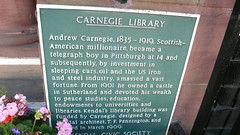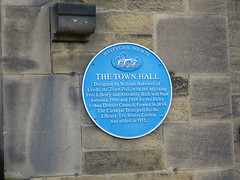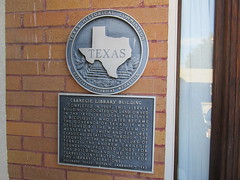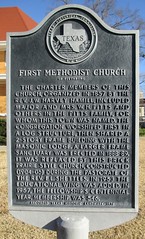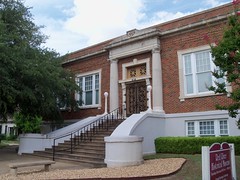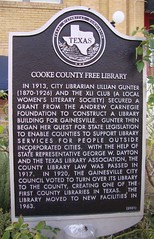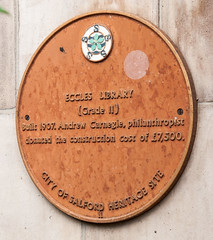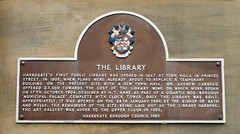Houston Public Library. Within 10 years of its founding in 1836, Houston was a bustling city. Throughout the 1840s, the city's professionals came together in debating societies to discuss a variety of topics. They created the Houston Circulating Library to provide reference materials for their debates. In 1854, they organized the Houston Lyceum. By 1857, the group, which was limited to white, dues-paying males, had almost 800 books in its collection. In 1887, 30 years later and with more than 2,400 books, the Lyceum opened its membership to women. For the next several years, the women members proved to be persistent advocates for creating a public facility. By 1895, the Lyceum provided limited access to non-member adults of Houston. The following year, the library became available to local high school students. In 1899, Houston's city council appropriated money to maintain a free library. Mrs. W. E. Kendall and Mamie Gearing of the Houston Woman's Club wrote a letter to philanthropist Andrew Carnegie, who offered $50,000 for a building. Local organizations, including what had become the Houston Lyceum and Carnegie Library Association, as well as private citizens and businesses, raised money to purchase a site at the corner of McKinney Avenue and Travis Street. The city hired Martin and Moodie Company to design and build the new library, which opened on March 2, 1904 as the Houston Lyceum and Carnegie Library. Under the direction of Julia Ideson, city librarian from 1903 to 1945, the library expanded its services to include several branches and a bookmobile. Ideson oversaw construction in 1926 of a larger central facility, later named in her honor. Her successors continued her work, providing one of the nation's largest cities with books and programs in a variety of locations and languages. (2004) #13093
500 McKinney Ave, Houston, TX
Google Streetview
OpenStreetMap
by Texas Historical Commission #13093 of the Texas Historical Marker series
Colour: black
Wikimedia:
Flickr:


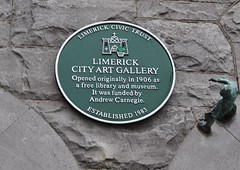
.jpg?width=250)

